Book Cover Challenge #3 Day
Hi folks!
I’ve finished reading “Underland: A Deep Time Journey” by Robert Macfarlane like 2 hours ago. I was busy so I couldn’t post it. And this book has 384 pp. which is kinda a lot for man like me. I’ve got my inspiration for read this book from Goodreads’s review, thanks to the almost 400 reviewer for giving me my inspiration. So here’s what I’ve got by reading this book, so here i come.
This book is a poignant meditation on the under land, which we cannot readily see but which we can certainly feel, whether as an intimation or as an invitation. In both cases, for the author, Robert Macfarlane, it is ready cause for exploration. It’s several parts detail his journeys above and below ground, ever seeking access to the phenomenal world within the Earth in different places and at various depths. His descents include locations in his native Britain then Paris France, the Italian Carso, Slovenian Highlands, and the isolated, brutal glaciered terrains of Norway, Greenland and Finland. The several parts he has designed to structure the book, however, reveal something else about the two passions that drive him and which, in his writing, he uses to effect: acute observation and subjective revelation. Verging now and then on the poetic, and using poetry and myth as touchstones, his descriptions and discussions clarify as they compel quite personal reflections on each place he brings us to, its significance for past and current inhabitants — if any — and the sensibility and emotions they provoke. From the opening part title, Descending, which sets the action, Macfarlane moves to Seeing, Hiding, and finally Haunting. Characteristically, while the two former terms are explicit, the latter terms are ambiguous.

How do hiding and haunting shape the experiences that Macfarlane writes about? And why is it, when refined observation opens generously to the emotions, the interaction resonates perceptibly, a lyrical, in situ through line over the 450 plus pages in the book. When darkness becomes “a medium of vision,” it is Macfarlane’s vision, renewed and expanded, that he refers to. When “descent becomes a movement toward revelation rather than deprivation,” he is that fellow seeking an encounter that embodies the act, whether in the pitch dark at depth, the low filtered light that percolates ever strangely into the greater obscurity below him, or the deep blue light seen best in crevasses in the arctic ice.
The relationships that exist “between landscape and the human heart,” as Macfarlane puts it, are much more than surficial. The beauty and wildness in nature or the regulated urbanity that we see and, more than not, expect to see, resume in different forms when met in the Earth. Mesolithic cave burial sites speak of a social value that anthropologists have identified as unique to thinking beings: giving dead bodies – both symbolically and practically — back to the Earth. Beneath “translucent silver rock salt left behind by the evaporation of an epicontinental northern sea some 250 million years earlier,” a half mile below the surface, is a laboratory (DRIFT) established to detect the repercussions of “dark matter” from light from the constellation Cygnus. As Macfarlane writes of the physicist he meets working at the laboratory: “It is a paradox of his work that in order to watch the stars he must descend far from the sun. Sometimes in the darkness you can see more clearly.” Much closer to us in the subsoil, what of the implications – as much for mycologists as for philosophers — of the phenomenon of tree-fungus mutualism, a feeding exchange given by different tree species to support their health? Urban landscapes, London or Paris, also have their under land, which Macfarlane explores as physical repositories, if once in the Paris catacombs for corpses, then now, as it seems, for eccentric, contemporary cultural festivals. Karst environments and their intricate below ground channels invite numerous portraits, done with precision and purpose, much as Bronze Age painted cave rock art was done that Macfarlane encounters. His sensitivity to this art is also tempered by where it was made (“some of the harshest country in the world”), by whom (“hunter-gatherer-fisher people”), and the risks they endured (“surviving only by the gift of the Gulf Stream’s warmth”) to leave their signature in startling images. He is referring to Bronze Age people from the Norwegian archipelago, Lofotens, in the Norwegian Sea.
From the immediate circumstances, people, and journeys that Macfarlane populates the book with to the awe, fear and joy he experiences because of them also arises a sense that, at least for this reader, reorients time. No longer bound to the immediate qualities of our time, the brief time we live, or even to the extended time of our species, radiologic and geologic time scales become an important counterpoint. It is a chronometric expanse that I can forget too easily in the crush of quotidian details that consume me, and the speed with which they appear and vanish. Underland: A Deep Time Journey restores something of the balance necessary to understand not only who we are, us humans, and where we come from but something of what we were, what we have become, and what ties us to them, our ancestors, and to our planet.
Adios…
btw this book was released in April, 2019. So this is kinda new book. i must say it’s no bad. And again I’m nominating myself 😎😎



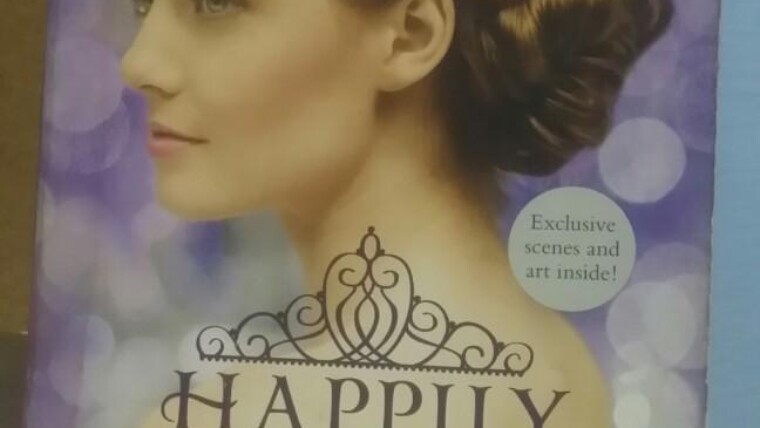
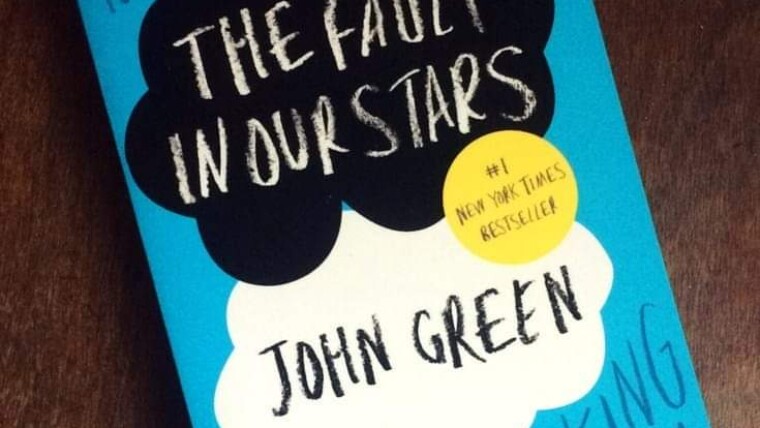
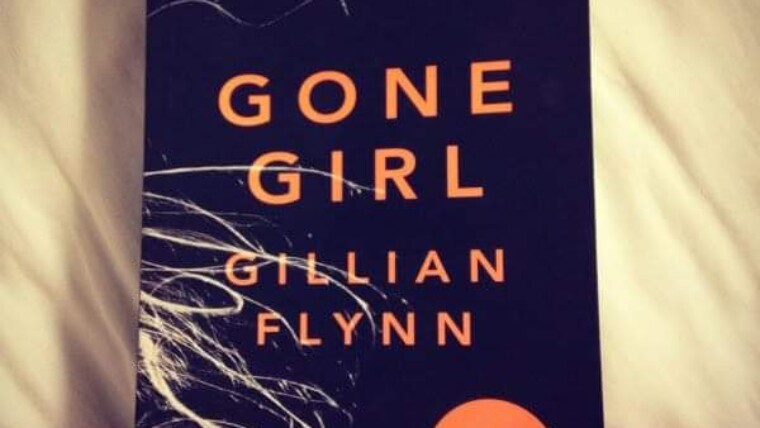
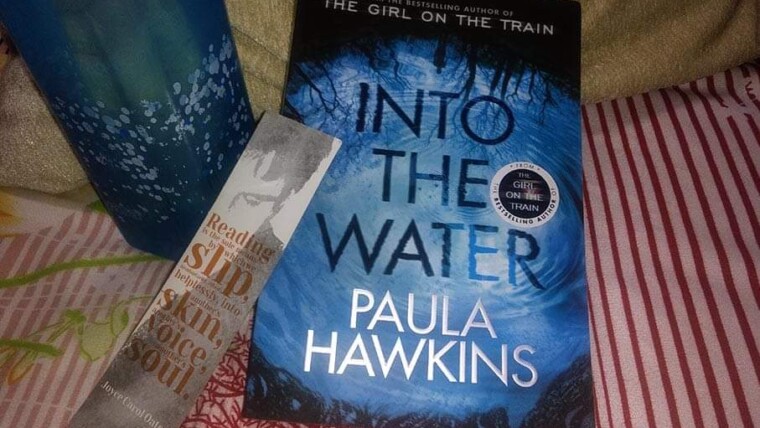

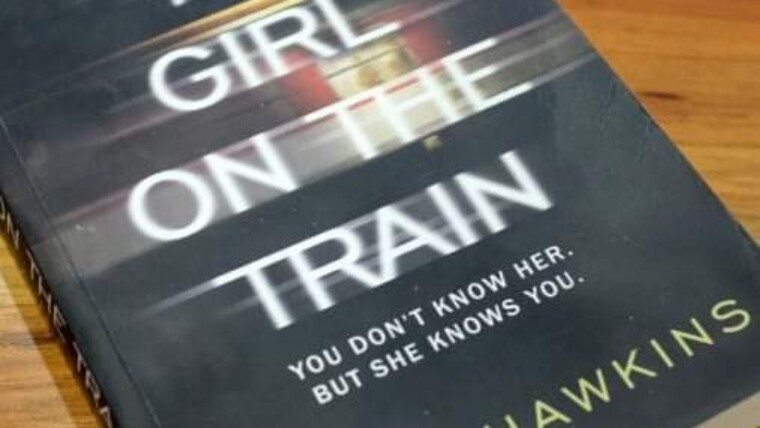
RIP Liam x
Remembering Point Reyes
My Thoughts on “Gone Girl” by Gillian Flynn
My Thoughts on “The Comedy of Errors” by William Shakespeare
RIP Liam x
Mother Helped Me to Text
My Classic Review on “Happily Ever After” by Kiera Cass
“The Fault In Our Stars” by John Green